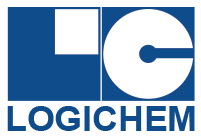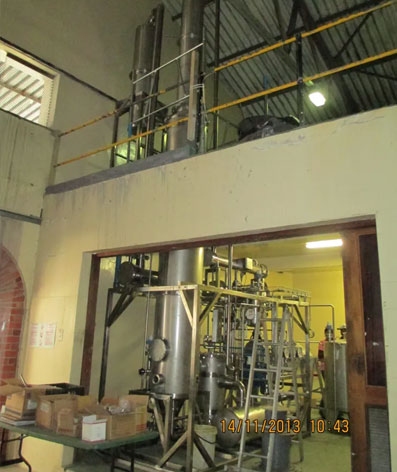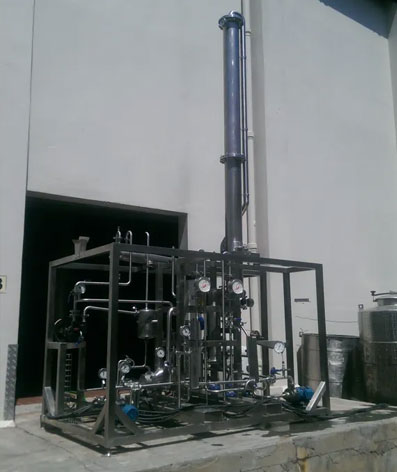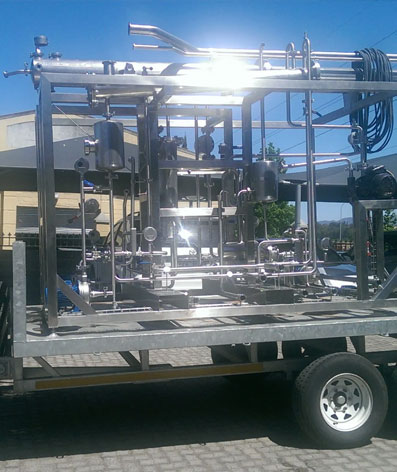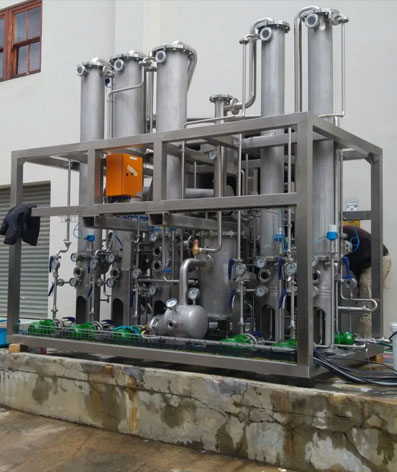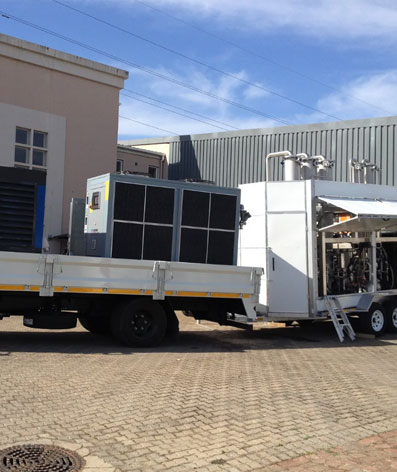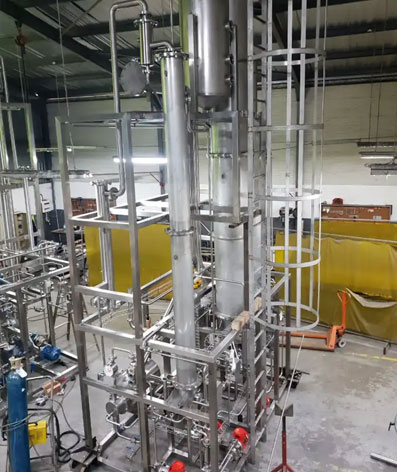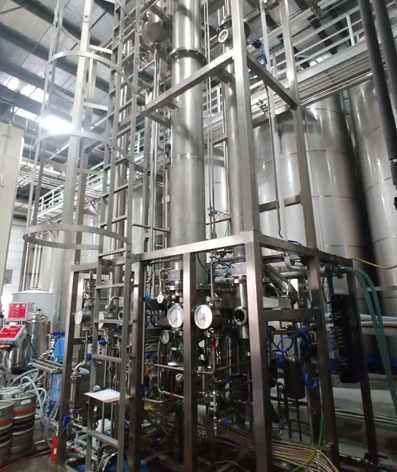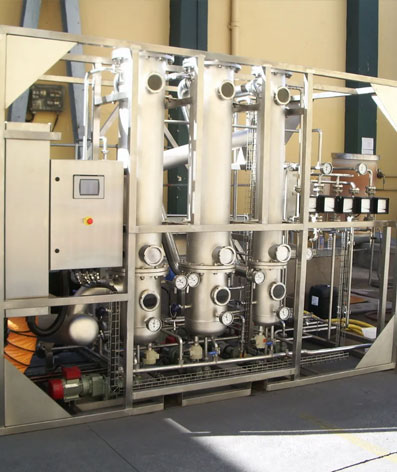 In response to the global trend to “lighter”, lower alcohol wines and beers, Logichem developed novel technology for alcohol reduction of fermented beverages with full retention of flavour. This process has been granted international patents and has been in commercial operation since 2014. It is licensed under the registered GoLo trademark.
In response to the global trend to “lighter”, lower alcohol wines and beers, Logichem developed novel technology for alcohol reduction of fermented beverages with full retention of flavour. This process has been granted international patents and has been in commercial operation since 2014. It is licensed under the registered GoLo trademark.
Dealcoholization Technology
Alcohol Reduction and Dealcoholization Technology for Fermented Beverages
Why reduce alcohol?
In the wine industry, the initial driver was the adjustment of the alcohol content of high-alcohol wines to optimise its balance and taste. This was primarily applicable to the New World regions where excessive summer heat results in high alcohol levels. Subsequently, social, dietary, and health benefits have become increasingly important drivers for reduced-alcohol wines and beers and are expected to make it increasingly fashionable to drink low-alcohol or alcohol-free versions of these drinks. For the producer and consumer, there is also the benefit of lower excise tax depending on the final alcohol content of the product.
Legislation in most countries prohibits the dilution of wine with water, leaving the removal of alcohol as the only legal option to reduce the alcohol content of wine. Although the same does not apply to the beer and cider industries, brewers are reluctant to dilute the flavour of their product and prefer the alcohol reduction route.
Don’t invest in outdated technology
Previously, the two most common, and still dominant, commercial techniques for alcohol removal from wine were membrane processes and spinning-cone evaporation. Logichem focused its development specifically on addressing the shortcomings of these processes, principally the following:
Membrane processes
- High-pressure equipment
- Limited-life membranes, expensive to replace
- Produces weak-alcohol effluent with a high COD burden
- Requires frequent cleaning resulting in high water usage and effluent generation
- Unable to reduce alcohol efficiently below 6%
Spinning-cone evaporation
- Mechanically complex with high-speed rotating internals resulting in high capital and maintenance cost
- 2-pass process
- Produces 65% alcohol by-product resulting in loss of valuable base-wine vinous water
- Unsuitable for mobile deployment – wine needs to be sent off-site for processing
Advantages
GoLo technology offers alcohol reduction, flavour recovery, and by-product alcohol rectification in one go, with the following process advantages:
- Continuous, single-pass process
- Fully automated for running unattended
- Maximum wine temperature exposure 45 – 50°C for <2 minutes
- Low-temperature, indirect heating medium (water vapour at 65°C)
- Recovers >98% of volatile flavour compounds
- Capable of reducing base wine alcohol to <0.05%
- Rectifies the removed alcohol fraction up to 92% spirit
- Maximises base-wine water recovery by minimising vinous water loss in spirit fraction
- Effluent is limited to small purge from vacuum pump seal water
- Heat integration minimises energy consumption
- No internal moving parts (except for pumps) – low maintenance
- No components requiring routine replacement (e.g. membranes)
- Can be configured for mobile deployment
- On-site treatment – winemaker does not relinquish control over his wine
- Opportunity to co-produce a variety of potable spirit products from recovered alcohol
In addition to these process advantages, the commercial-scale entry-level capital cost of GoLo technology is a fraction of that of competing processes of comparable alcohol rejection capacity.
This, coupled with its mobile deployment ability, enables access to previously unjustifiable commercial opportunities.
Essence concentration
We provide technology that can increase essence recovery thereby increasing flavour retention when producing low-alcohol wines, beers and ciders. As the initial interest in lower alcohol wines extended increasingly to no-alcohol wines, adding back the high-alcohol aroma essence fraction to the dealcoholized wine became problematical. To alleviate this problem Logichem developed an essence concentration technique which allows recovering >90% of the original aromas without exceeding 0.5% ethanol in the reconstituted product.
History
Logichem’s process development started with extensive process simulation studies, followed
by the building of a pilot plant in March 2011 to conduct in-house testing of basic principles. This was followed by pilot-scale field trials in South Africa during the 2011 and 2012 production seasons. A provisional patent was filed in May 2012. An international PCT patent was granted on 10 April 2013, followed by national phase filing in the territories of South Africa, the USA, Europe, and Australia.
Logichem’s first commercial-scale plant was commissioned in South Africa in February 2014 and has been in uninterrupted production since.
Do you want to know more about how you can save energy, while still producing a top-notch dealc product with the lowest carbon footprint attainable?
Learn more about our heat pump system as well as our de-alc journey
